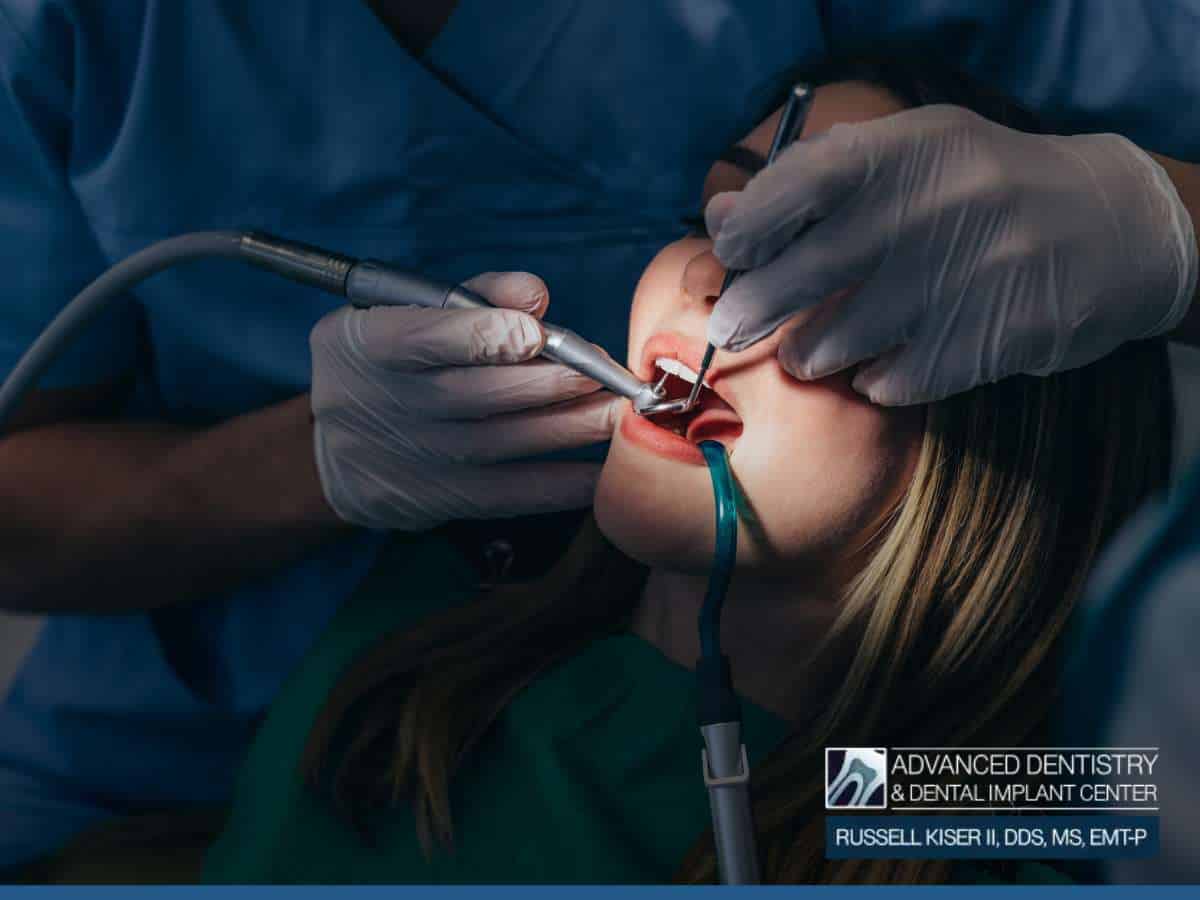What Is Endodontic Retreatment & When Is It Needed?
Endodontic retreatment is a specialized dental procedure performed when a previously treated tooth develops a new infection, fails to heal properly, or experiences complications. It involves reopening the tooth, removing the existing root canal filling, disinfecting the area, and resealing the canal system to prevent further issues. This process helps preserve the natural tooth and avoid extraction.
While root canal treatments have a high success rate, some teeth may require retreatment due to persistent infection, unnoticed complex anatomy, or a breakdown of the restoration over time.

Key Factors That Affect The Length Of Root Canal Retreatment
The duration of endodontic retreatment depends on factors like the complexity of the tooth structure, crown condition, and infection severity.
1. Condition Of The Previous Root Canal
If the initial root canal treatment was ineffective due to incomplete cleaning, undetected canals, or reinfection, additional cleaning and disinfection may be required. The more extensive the infection, the longer the procedure may take.
2. Integrity Of The Dental Crown
The condition of the existing crown influences treatment time. If the crown is intact, the procedure may proceed more quickly. If it’s damaged or has underlying decay, it may need replacement, extending the treatment duration.
3. Complexity Of The Tooth Structure
Teeth with multiple canals, especially molars, may require more time for cleaning and retreatment. Curved, calcified, or previously missed canals require additional effort, as do teeth with unusual anatomical features. Specialized instruments and techniques are used for thorough cleaning in these cases.
4. Presence Of Additional Dental Issues
Complications like cracks, gum disease, or bone loss can prolong treatment. These issues may need to be addressed first to ensure the long-term success of the retreatment and prevent further complications.
Step-by-Step Breakdown Of The Endodontic Retreatment Process
Endodontic retreatment is a meticulous process designed to save a previously treated tooth. Understanding each phase can help patients feel more prepared and confident.
Initial Assessment & Diagnosis
Before beginning the retreatment, an endodontist will conduct a thorough examination to assess the tooth’s condition. This includes taking digital X-rays or 3D imaging to identify infections, fractures, hidden canals, or complications from previous treatment. Based on these findings, a customized treatment plan will be developed.
Removal Of The Existing Filling Material
The first step is removing the old root canal filling. Specialized instruments are used to carefully extract the filling without damaging the natural tooth structure, ensuring better visibility of the internal anatomy for precise retreatment.
Cleaning & Disinfection
Once the canals are exposed, a deep cleaning begins to eliminate bacteria and debris. Techniques like ultrasonic irrigation and antibacterial solutions are used to disinfect the root canal system. If the infection is severe, a medicated dressing may be placed inside the tooth for a few days to promote healing before proceeding with the next steps.
Sealing & Restoration
After cleaning and disinfecting, the canals are sealed with a biocompatible material to prevent reinfection. If the previous crown is in good condition, it may be preserved and reattached. If it’s damaged, a new dental crown may be recommended. In some cases, a temporary filling is placed while waiting for the permanent restoration.
How Long Does Endodontic Retreatment with a Crown Take?
The duration of endodontic retreatment varies depending on individual cases. On average:
- Procedure Length: A single retreatment session typically lasts between 90 minutes and two hours. Complex cases may require longer sessions.
- Number of Visits: Some retreatments can be completed in one visit, while others may require multiple appointments, especially if additional disinfection or medication is needed.
- Crown Restoration Timeline: If the crown needs replacement, the process may take several weeks since a new crown must be fabricated and fitted.
Factors That Can Prolong Root Canal Retreatment Timelines
Several factors can influence the overall duration of the procedure:
- Severe Infection: If the infection is extensive, medication may be placed inside the tooth, and time will be allowed for healing before completing the procedure. This can extend treatment by a few days to weeks.
- Difficult Access to Canals: Molars or teeth with calcified or curved canals require more time for cleaning and shaping, as navigating these complex structures demands specialized techniques.
- Gum Disease or Bone Loss: If periodontal issues are present, treatments such as gum disease treatment or bone grafting may be needed before restoration, adding to the timeline.
- Complications from Previous Treatment: Older root canals may have materials that are more difficult to remove, requiring additional time.
- Patient’s Healing Response: Individual healing rates can vary. Factors such as health, immune response, and adherence to post-procedure care can affect how quickly treatment progresses.
Post-Treatment Recovery: Caring For Your Retreated Tooth
Following endodontic retreatment, mild discomfort is normal and can be managed with over-the-counter pain relievers. To ensure a smooth recovery:
- Avoid chewing on the treated tooth until the final restoration is placed.
- Maintain good oral hygiene by brushing and flossing gently around the area.
- Follow the dentist’s instructions regarding medications and follow-up visits.
Signs You Might Need a Root Canal Retreatment In Mansfield, Ohio
If you experience any of the following symptoms after a previous root canal treatment, consult a dentist:
- Persistent pain that doesn’t improve with medication.
- Increased sensitivity to hot or cold temperatures.
- Swelling or tenderness in the gums near the treated tooth.
- Discoloration of the tooth, which may indicate internal damage.
- Pus or bad taste in the mouth, which could signal infection.
Early intervention can prevent further complications and improve treatment outcomes.
Alternative Treatments If Retreatment Is Not An Option
If endodontic retreatment isn’t suitable due to extensive damage, fractures, or severe infection, alternative options include:
- Apicoectomy: A surgical procedure that removes the infected tip of the root while preserving the rest of the tooth.
- Tooth Extraction and Implant Placement: If the tooth cannot be saved, a dental implant may be the best long-term solution.
- Dental Bridge: A bridge can replace the missing tooth if an implant is not an option.
Your dentist will evaluate the best course of action based on your individual needs.
Restore Your Smile With Expert Care at Dr. Kiser Dental
Endodontic retreatment with a crown can successfully restore a failing root canal and save your natural tooth. It requires expert care to ensure the best results. At Advanced Dentistry, our professional dentists in Mansfield, provide advanced endodontic treatments in a comfortable, professional setting.
If you’re experiencing pain or suspect you may need retreatment, don’t wait. Schedule a consultation today and take the first step toward a healthier, pain-free smile.
Advanced Dentistry & Dental Implant Center
1221 S Trimble Rd Suite A1,
Mansfield, OH 44907
Tel: (419) 756-2880
Email: [email protected]









